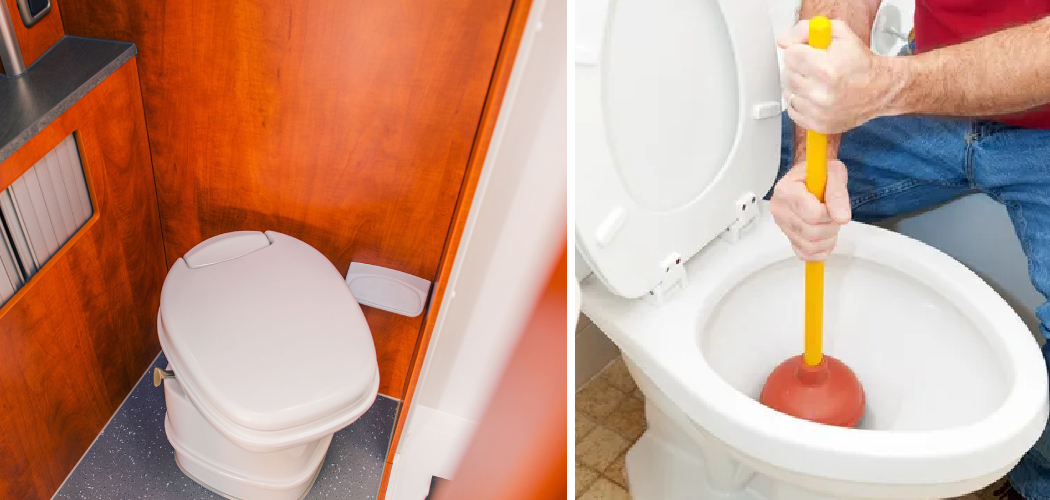Unclogging a toilet on a boat presents unique challenges compared to dealing with a standard household bathroom. Marine toilets are specially designed to handle the rigors of life at sea, but they are also more susceptible to clogs due to their compact and complex plumbing systems. These clogs can be caused by various factors, including improper use, buildup of waste materials, or issues with the boat’s sanitation system.
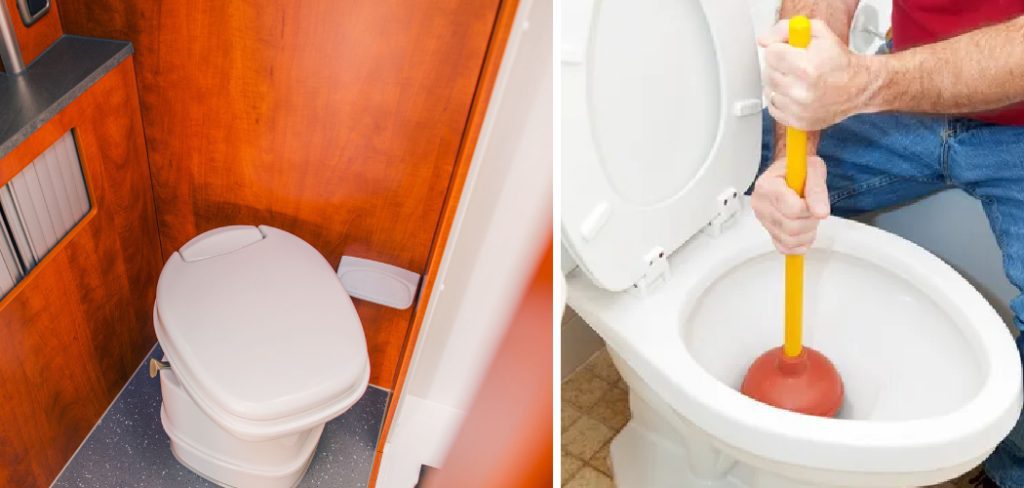
Addressing a clog promptly is crucial to maintaining hygiene and comfort aboard. In this guide, we’ll explore effective methods to unclog a marine toilet, emphasizing safety and the proper use of tools and techniques. We’ll cover common clogging causes, preventative measures, and step-by-step solutions on how to unclog a toilet on a boat, including manual plunging, using marine-safe chemicals, and, if necessary, dismantling parts of the toilet system. With the right approach and knowledge, you can keep your boat’s toilet functioning smoothly, ensuring a pleasant and trouble-free maritime experience.
Understanding the Boat Toilet System
Before diving into the methods of unclogging a marine toilet, it’s essential to understand the basic components and functionality of the boat toilet system. A typical marine toilet system consists of a toilet bowl, a macerator or manual pump, hoses, valves, a holding tank, and a discharge system. The toilet bowl is designed to conserve water while effectively removing waste. The macerator or manual pump ensures that waste is broken down into smaller particles, making it easier to transport through the narrow hoses.
Hoses play a critical role in guiding the waste from the toilet to the holding tank or discharge point. However, they are prone to clogs due to their limited diameter and the materials they handle. Valves help control the flow of water and waste throughout the system. The holding tank stores waste temporarily and needs to be emptied regularly to prevent overflow and odor issues. In some boats, waste can also be discharged directly overboard, depending on local regulations and the vessel’s location.
Understanding these components will help you identify potential problem areas and apply the right solutions when dealing with a clogged marine toilet. Proper maintenance and operation of each part ensure the longevity and efficiency of the boat’s sanitation system.
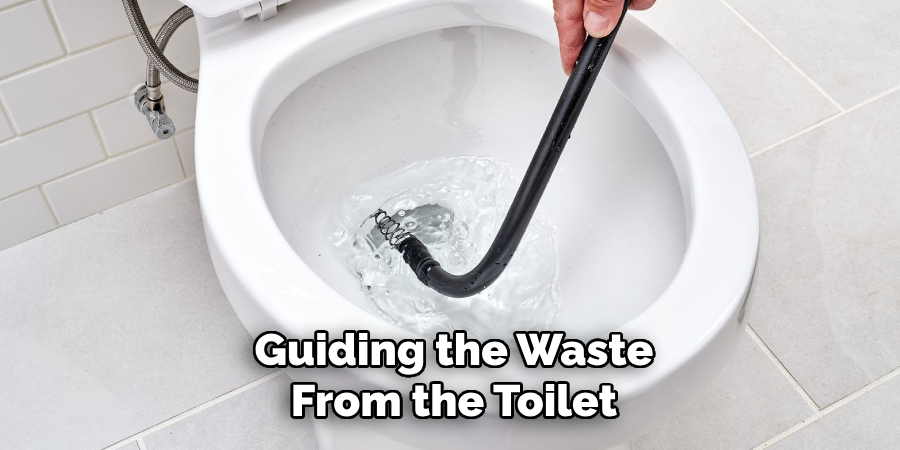
10 Methods How to Unclog a Toilet on a Boat
1. Manual Pumping
Manual pumping is often the first line of defense when dealing with a clogged boat toilet. Most marine toilets are equipped with a hand pump that can help move blockages through the system. Start by ensuring that the seacock (the valve controlling water intake from the sea) is open. Then, pump the handle vigorously, alternating between intake and discharge strokes. This action creates suction and pressure that can help dislodge the clog. If the blockage is minor, this method is usually sufficient to clear it. However, persistent clogs may require additional techniques.
2. Plunger Technique
Using a plunger is a common household method that can also be effective on a boat toilet. Choose a plunger with a flange, as it provides a better seal. Place the plunger over the toilet’s opening and press down firmly to create a vacuum. Pump the plunger up and down vigorously to generate suction and pressure. This action can help dislodge the clog and push it through the plumbing. Be mindful of the toilet’s design, as marine toilets can have different shapes and sizes. Ensure a proper seal to maximize the plunger’s effectiveness.
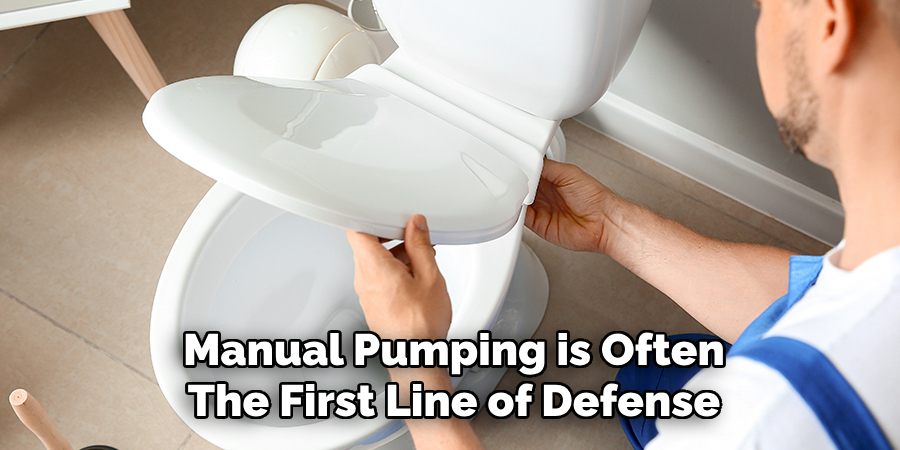
3. Hot Water and Dish Soap
Hot water and dish soap can help break down organic material and grease, making it easier to dislodge clogs. Start by boiling a kettle of water. Add a generous amount of dish soap to the toilet bowl. Pour the hot water into the bowl from a height of about two feet to create force. Let the mixture sit for a few minutes to allow the soap to penetrate the clog. The heat and soap work together to break down the blockage, making it easier to flush away. This method is particularly effective for clogs caused by organic matter and grease buildup.
4. Using a Toilet Auger
A toilet auger, also known as a plumber’s snake, is a tool designed to reach deeper into the plumbing to break up clogs. Insert the auger’s flexible cable into the toilet’s drain until you encounter resistance. Turn the handle clockwise to extend the cable further into the pipe. The auger’s tip will break up or hook onto the clog, allowing you to pull it out or push it through the plumbing. Once the blockage is cleared, retract the cable and clean the auger. This method is effective for stubborn clogs that are beyond the reach of a plunger.
5. Vinegar and Baking Soda
Vinegar and baking soda create a chemical reaction that can help break down clogs. Start by pouring a cup of baking soda into the toilet bowl. Follow with a cup of white vinegar. The mixture will fizz and bubble, creating pressure that can help dislodge the clog. Let the solution sit for at least 30 minutes, then flush with hot water. This method is safe for most plumbing systems and can be effective for minor clogs. It’s also an eco-friendly alternative to harsh chemical drain cleaners.
6. Using a Wet/Dry Vacuum
A wet/dry vacuum can be a powerful tool for unclogging a boat toilet. Set the vacuum to the wet setting and remove any filters that could be damaged by water. Place the vacuum hose over the toilet’s opening, creating a tight seal. Turn on the vacuum to suck out the blockage. Alternatively, you can try pushing the clog through the system by switching the vacuum to the blow setting. This method requires caution, as it can create a mess if not done carefully. Ensure the hose is securely sealed to the toilet to maximize effectiveness.
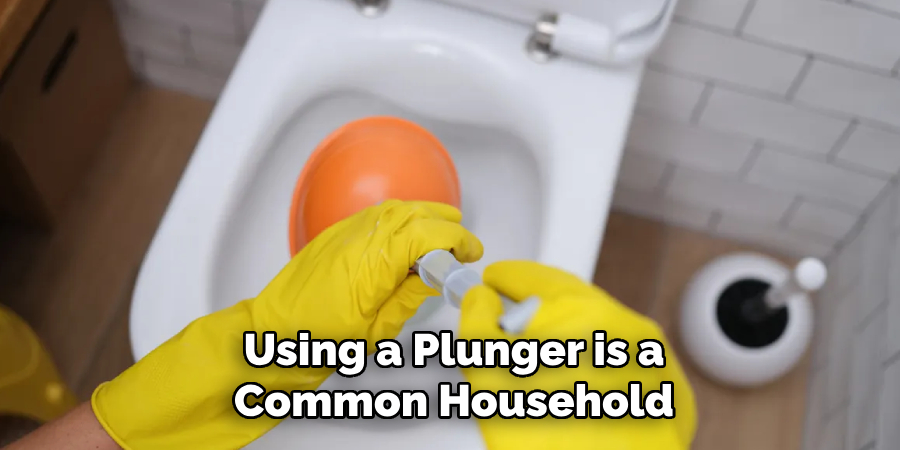
7. Enzyme Cleaners
Enzyme cleaners are designed to break down organic waste and are safe for use in marine plumbing systems. Pour the recommended amount of enzyme cleaner into the toilet bowl and let it sit overnight. The enzymes will digest the organic material causing the clog, making it easier to flush away. Follow the product’s instructions for the best results. This method is effective for preventing and addressing minor clogs, especially those caused by organic waste buildup. Regular use of enzyme cleaners can help maintain a healthy plumbing system on your boat.
8. Disassembling the Toilet
In some cases, disassembling the toilet may be necessary to remove a stubborn clog. Start by turning off the water supply to the toilet and removing any residual water from the bowl using a sponge or wet/dry vacuum. Unscrew the bolts securing the toilet to the floor and carefully lift it off the base. Inspect the plumbing for any visible clogs and remove them manually. Clean any buildup in the pipes and reassemble the toilet. This method is more labor-intensive but can effectively address clogs that are inaccessible by other means.
9. Using a High-Pressure Water Hose
A high-pressure water hose can be used to forcefully dislodge clogs in the toilet’s plumbing. Attach a high-pressure nozzle to a garden hose and insert it into the toilet’s drain. Turn on the water and direct the high-pressure stream at the clog. The force of the water can break up the blockage and push it through the system. This method is effective for stubborn clogs but requires access to a water source and a hose that can reach the toilet. Be cautious to avoid water damage to the boat’s interior.
10. Chemical Drain Cleaners
Chemical drain cleaners can be used as a last resort to dissolve clogs. Choose a cleaner that is safe for marine plumbing systems, as some chemicals can damage pipes and fittings. Follow the product’s instructions carefully, pouring the recommended amount into the toilet bowl. Allow the cleaner to sit for the specified time to dissolve the clog. Flush with plenty of water to clear the residue. This method can be effective for stubborn clogs, but use it sparingly to avoid damaging the plumbing.
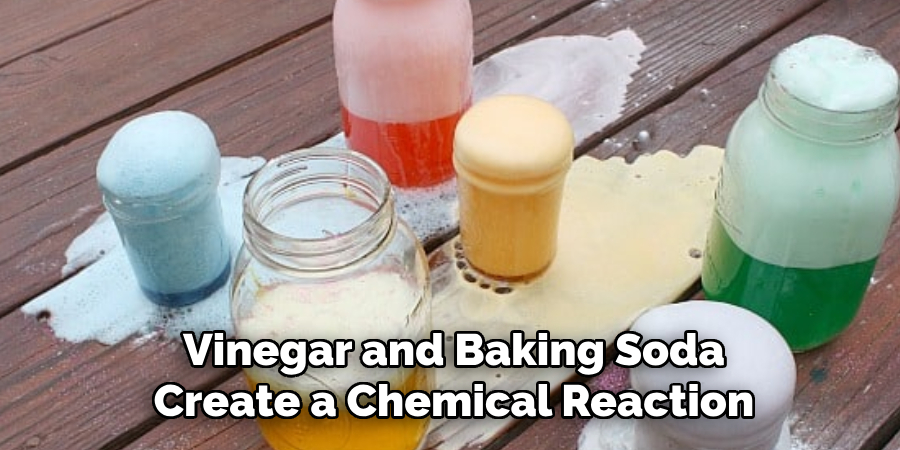
Conclusion
Unclogging a toilet on a boat requires a combination of patience, the right tools, and an understanding of marine plumbing systems. From manual pumping and using a plunger to employing a toilet auger or high-pressure water hose, each method offers a unique approach to addressing clogs.
Hot water and dish soap, vinegar and baking soda, and enzyme cleaners provide eco-friendly alternatives, while a wet/dry vacuum and chemical drain cleaners offer more robust solutions for stubborn blockages. In extreme cases, disassembling the toilet may be necessary to access and remove clogs directly. By following these comprehensive methods on how to unclog a toilet on a boat, you can effectively maintain your boat’s plumbing system and ensure a clean and functional toilet, contributing to a more enjoyable boating experience.

